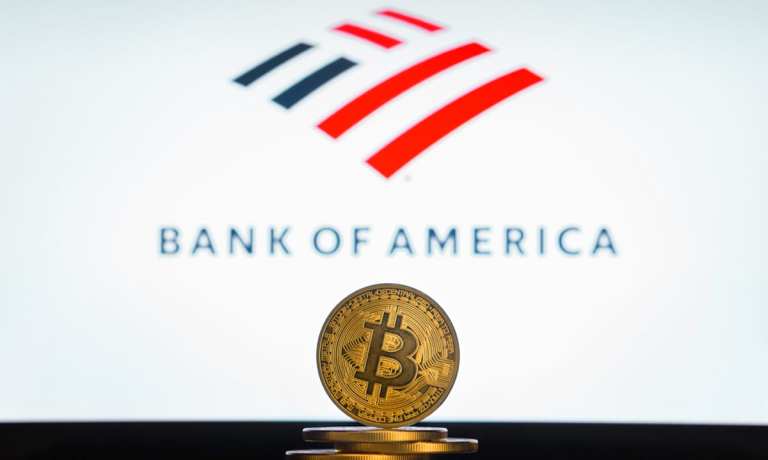As the bank stated in a recent report: “Bitcoin is clearly a unique asset class by way of its supply mechanics, ownership concentration and even historical performance.” None of those features seem to lend themselves well to bitcoin’s use in the widespread buying of goods and services in retail settings or B2B transactions.
“Ownership concentration is particularly severe. A small set of total accounts owns a massive portion of bitcoin, leaving the asset vulnerable to sharp price swings,” noted the report, which also estimated that about 95 percent of total bitcoin is owned by the top 2.4 percent of addresses with the largest balances.
At the same time, bitcoin still has a complex settlement process in place, where only about 14,000 transactions per hour can be completed, and where, by way of contrast, payment networks such as Visa and Mastercard can finalize hundreds of millions of transactions per hour.
“Bitcoin has also become correlated to risk assets,” wrote the BoA analysts, who added that the crypto “is not tied to inflation, and remains exceptionally volatile, making it impractical as a store of wealth or payments mechanism. As such, the main argument for holding bitcoin “is not diversification, stable returns or inflation protection, but rather sheer price appreciation, a factor that depends on bitcoin demand outpacing supply.”
That dynamic, where demand outpaces supply, seems well-entrenched, since supply, they contended, is “artificially scarce,” with output capped at 21 million bitcoins, and supply growth is halved every four years.
Advertisement: Scroll to Continue
One key challenge to bitcoin: Central banks have been increasing their efforts on retail digital currencies that leverage mainstream payment rails. In part, according to the BoA analysts, the central banks are embracing the idea and deployment of central bank digital currencies (CBDCs) to battle initiatives such as Diem, which is backed by Facebook. Central banks view bitcoin as speculative assets and not currencies, and CBDCs are essentially “kryptonite” for cryptos, as stated by the BoA analysts.
In the meantime, as PYMNTS reported recently, firms have been building bitcoin holdings on their balance sheets. MicroStrategy stands out with more than $4 billion, and so does Tesla, which has bought up bitcoin holdings worth more than $1.5 billion. Tesla CEO Elon Musk has said that consumers can now buy a Tesla with bitcoin. And PayPal has said that its hundreds of millions of users can deposit and (eventually) spend bitcoin at tens of millions of merchants.
But such announcements, which show an incremental adoption of bitcoin, also have the effect of helping to push its price higher. Its recent price of $56,800 is about 16 percent higher than it was a month ago. As the prices increase and are marked by volatility, the frictions inherent in the actual transactions are still there – perhaps making it tougher to actually use bitcoin in everyday spend. There’s “no good reason” to own bitcoin “unless you see prices going up,” wrote the BoA analysts. That’s hardly a ringing endorsement for use as currency.
Read More On Bitcoin:




